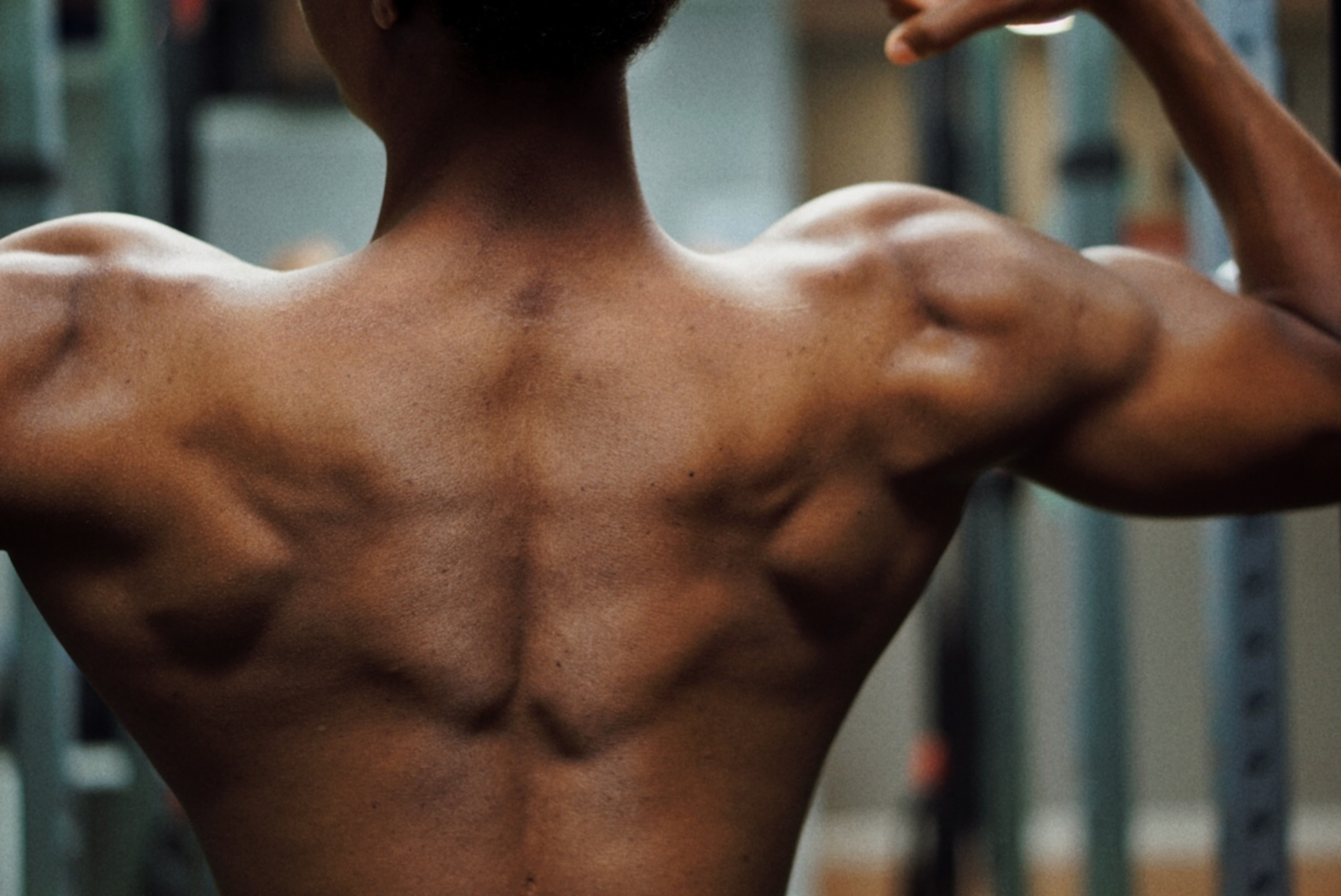

The Resilient Shoulder Series is all about keeping your shoulder healthy and strong so you can bomb serves and rack up kills. This program is for athletes who want to put in the extra effort to keep their body in top shape. By tackling tissue health and mobility, this program helps keep your shoulder moving how it should. The strength aspects target volleyball-specific movement patterns and ensure your rotator cuff and other supporting muscles are well prepared to hit hard, over and over.
Prior to beginning Level 2 of this series, ensure that you can easily complete the full requirements of Level 1. For best results, it's recommended to do general strength training for your upper body in addition to the Resilient Shoulder Series. But additional training is not required to complete this program, and your shoulders will still thank you.
You can begin this program if you are currently experiencing some mild-moderate chronic pain in your shoulder, but if you have recently suffered a traumatic injury or currently have a lot of chronic pain, it may be too advanced.
*If you experience pain in any of the exercises in this program, do the ones that don't hurt and have your shoulder looked at by a qualified healthcare professional.



Large arm circles in both directions, done fairly quickly. Try to keep your body in alignment by avoiding extension in your spine.
Perform 10-20 arm circles in each direction before moving on.



Quickly raise your hands in front of you and up as high as you can. Allow your elbows to bend so your hands come down toward your the back of your neck/shoulders. Then reverse the movement and swing your arms down and behind you as far as is comfortable. Remain tall while doing this, avoiding extension in your spine.
Perform 10-20 repetitions before moving on.



Keeping your arms around shoulder height, open them up to either side then cross them in front of you. Your palms should face forward when your arms are open and face down when your arms are crossed. This movement should be done fairly quickly and you can alternate which arm goes on top each repetition if you like.
Do 10-20 repetitions before moving on.



Alternate between the yoga poses downward facing dog and upward facing dog, holding each position for 1-3 seconds before switching. Be strong with your upper body to push the floor away at all times.
Repeat 5-8 times in each position.



Lie on your back with the foam roller across your back at the level of your shoulder blades. Spread your shoulder blades apart by bringing your elbows toward one another - this can be done while supporting your head with your hands, to keep it in line with your body. Keeping your spine in a neutral position, lift your hips up and slowly roll up and down. Cover the area just below your shoulder blades up to just below the base of your neck.
Roll for about 1 minute.
At first, this exercise may be painful; a softer roller will be easier to tolerate early on. Progress by finding a firmer roller or one with a textured, knobby surface.
You may also experience some painless cracking of the joints in your back - you'll probably learn to love these, but if they are not painless see a healthcare practitioner to have a closer look at what might be going on.
*Avoid rolling your lower back or your neck in this position.



Lie sideways over the roller, with your arm positions overhead. While keeping your muscles roll along the side of your shoulder blade and the back of your shoulder.
Roll for about 1 minute on each side.
At first, this exercise may be painful; a softer roller will be easier to tolerate early on. Progress by finding a firmer roller or one with a textured, knobby surface.



Press a tennis ball or lacrosse ball into the soft part of your upper chest, just under your collar bone. Using up and down or circular motions, roll the ball around the area.
Roll for 1 minute on each side.
At first, this exercise may be painful; a softer ball will be easier to tolerate early on. Progress by finding a firmer ball or one with a textured, knobby surface.



Pin a tennis ball or lacrosse ball between the back of your shoulder blade (as shown in the video) and a wall. Roll diagonally up and down across the area. Keep the muscle relaxed while you try to locate tender areas to focus on.
Roll for 1 minute per side.
You may feel pain referring to the front of your shoulder - if so, this is a great spot to focus on while rolling.
Note: This video shows some additional variations that may be beneficial. But for the purposes of your programming, simply rolling is a good place to start.



Lie lengthwise along a foam roller so that it supports you from your hips to your head. Your feet can be placed wide on the floor to keep you well balanced. Begin with your arms outstretched in front of you, holding a 4-8 lb (2-4 kg) medicine ball, dumbbell, or weight plate. While keeping your arms straight and your spine from arching up off the roller, slowly lower your arms overhead. Inhale while you reach overhead, and exhale while you return to the starting position.
Perform 10-15 repetitions.
For an added stretch, reverse the breathing pattern - exhale while reaching overhead and inhale while returning the starting position.



Begin lying on your back with your arms and legs straight out in front of you, with knees bent. Hold a 2-5 lb (1-2 kg) weight in one hand. Twist your body so the weighted arm lowers quickly toward the floor, and the leg on the same side reaches the opposite direction, maximizing your body's rotation.
Perform 10-15 repetitions per side.



With an overhand grip, hold onto something that's high enough for your whole body to hang in a relaxed manner without touching the ground. Allow your shoulders to come up toward your ears, and let your legs hang like dead weight.
This exercise may be challenging for your grip, so it will help you increase your strength, but the main benefit is actually to your rotator cuff, which will have improved strength and mobility.
Hang for 10-20 seconds, 2-4 times, resting for 90 seconds in between.
*If you don't have access to a bar that's high enough, it's ok to bend your feet up behind you a bit as long as you're able to remain mostly relaxed.
*If this exercise is too challenging, rest your feet on the floor or a box to take some weight off of your hands.



Hold Indian clubs vertically, with your arms outstretched at about 45 degrees in front of you. Slowly rotate the clubs until they point downward. Keeping your arms straight, rotate the clubs back up and all the way over until they point down on the other side. Return to the starting position and repeat.
Do 3 sets of 6-10 repetitions in each direction, resting for 90 seconds between sets. Start with 2-5 lbs (1-2 kg) and progress slowly.
This exercise can be done with anything that is weighted more on one end than the other. Household items that might work are a hammer, a tennis racket, a baseball bat, or even a broomstick. Doing this with one arm at a time will work fine too.



Holding clubs in both hands, generate momentum with both your lower and upper body and swing the clubs sideways to shoulder height. Allow them to swing down as you bend forward to allow them to pass in front of your knees and swing back the other way.
Perform 3 sets of 8 swings on either side, resting for 2 minutes in between sets.
This movement can also be done with dumbbells or weight plates instead of Indian clubs. Hold the dumbbells by one end if possible, to simulate using clubs.



Set up in a pushup position, with a weight plate behind and just outside one of your hands. Maintain the alignment of your body while you reach under and across your body to grab on to the weight plate with the opposite hand. Slide it across to a similar position on the other side and repeat with the other arm.
Do 3 sets of 8 repetitions per side, resting for 90 seconds between sets.
Anything heavy that slides can be used instead of a weight plate.